If these walls could talk: Bath historians work to uncover history of its barns
Clara Lamb, venue and marketing coordinator for Crown Point Ecology Center in Bath, closes up the barn doors.Barns can be seen everywhere throughout Ohio.In fact, the barn is such a staple in the state's history that Ohio legislators declared it the state structure in 2019. Also, in 2003, during the state's bicentennial, a barn from each Ohio county had a bicentennial logo painted on it. The barn painted in Summit County is in Stow, on Hudson Drive.Bath has no shortage of these distinctive structures, and members of the Bath Township Historical Society have been creating an inventory on them.This is not a small feat.James McClellan, who has spearheaded this effort, said there are about 100 barns in the nearly 23-acre township, which was established in 1818 and currently has about 10,000 residents."They are everywhere, but you don't always notice them," McClellan said.A barn at the Crown Point Ecology Center in Bath has a colorful quilt design.The barns range in age from 1840s to relati

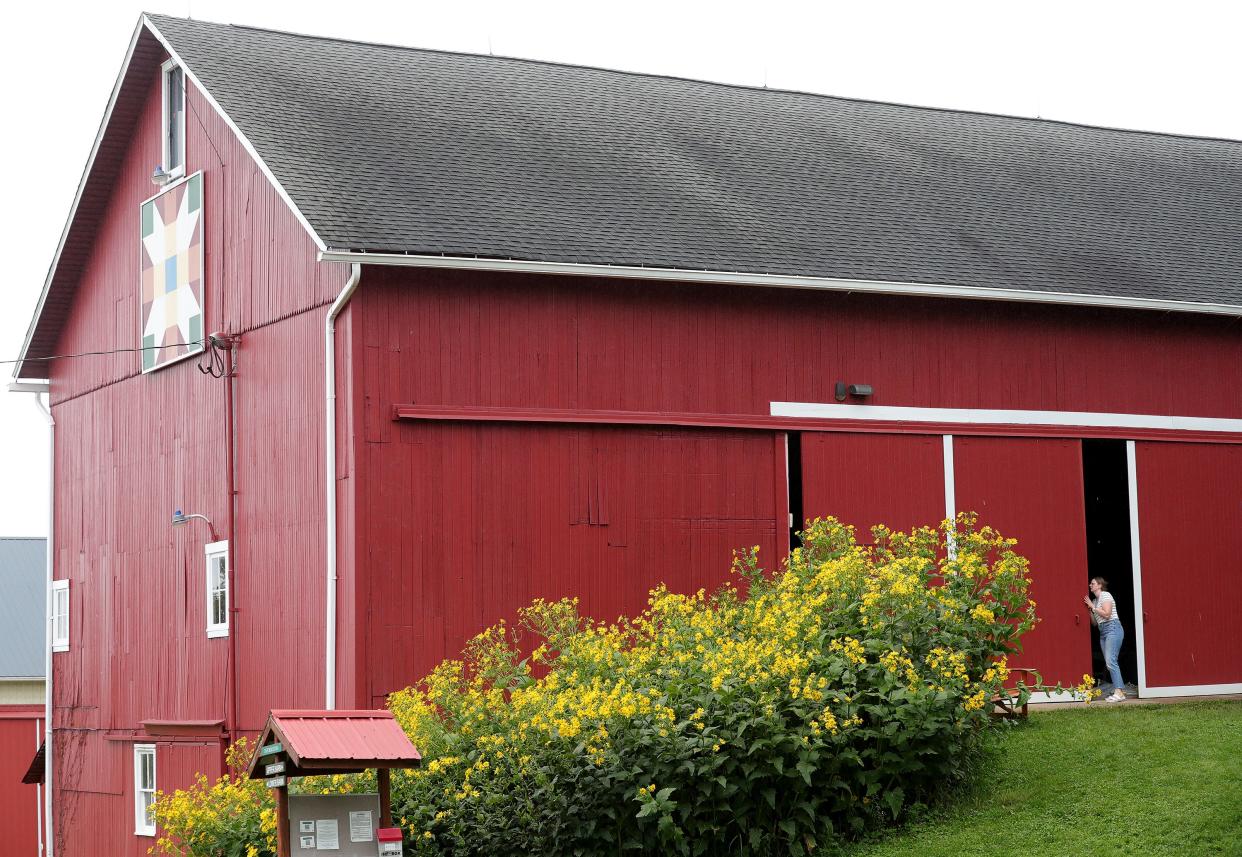
Barns can be seen everywhere throughout Ohio.
In fact, the barn is such a staple in the state's history that Ohio legislators declared it the state structure in 2019. Also, in 2003, during the state's bicentennial, a barn from each Ohio county had a bicentennial logo painted on it. The barn painted in Summit County is in Stow, on Hudson Drive.
Bath has no shortage of these distinctive structures, and members of the Bath Township Historical Society have been creating an inventory on them.
This is not a small feat.
James McClellan, who has spearheaded this effort, said there are about 100 barns in the nearly 23-acre township, which was established in 1818 and currently has about 10,000 residents.
"They are everywhere, but you don't always notice them," McClellan said.
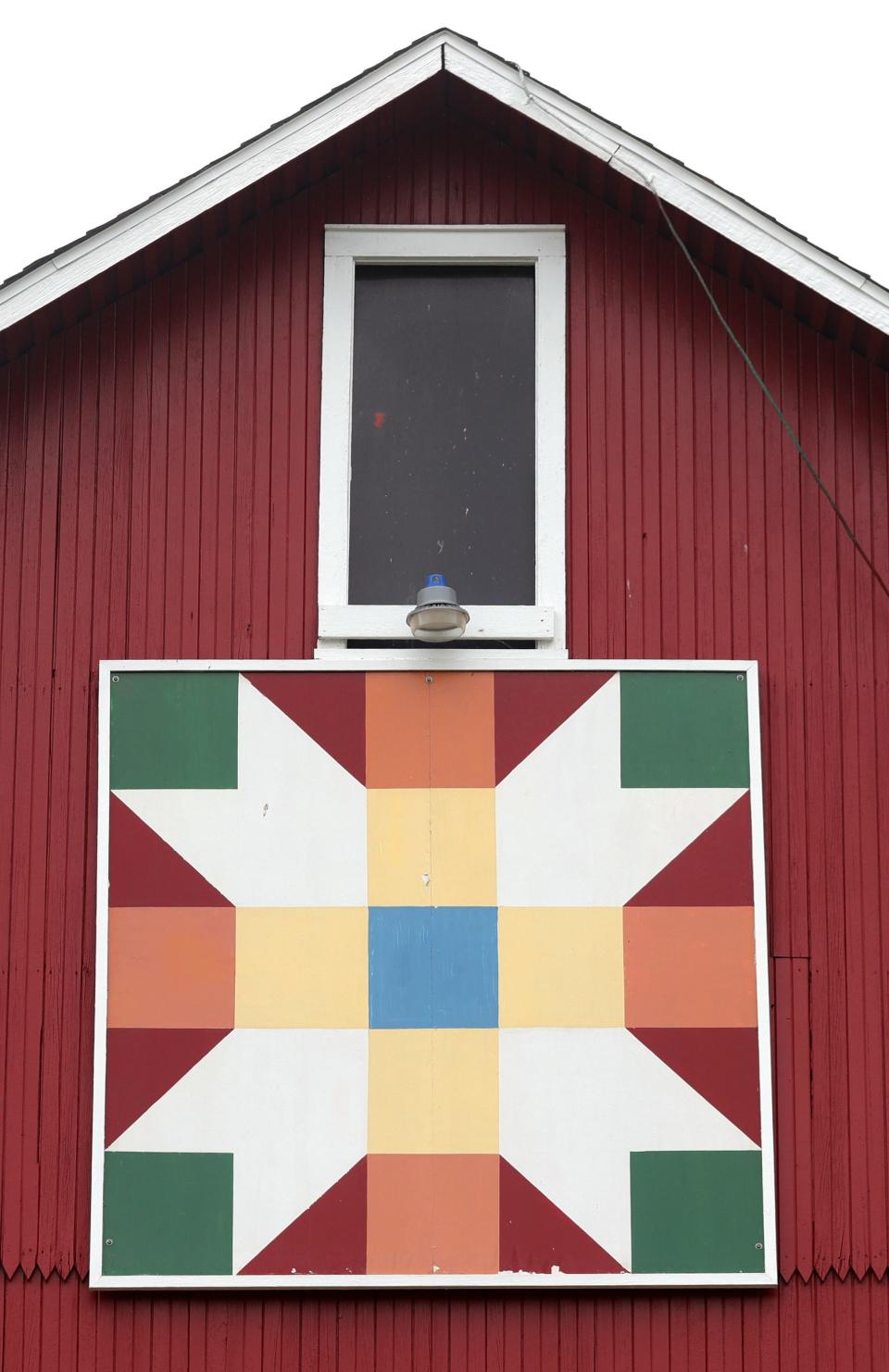

The barns range in age from 1840s to relatively new, McClellan said. On the 39 miles of scenic byway that are in Bath, there are around 40 barns that can be seen from the road.
"The barns in this area really give it character," said Libby Bauman from the historical society. "A lot of these gems are hidden."
McClellan, who grew up in West Akron and graduated from Firestone High School, said his goals were to find the barns in Bath, dig up their history and see what they are used for now. For barns in need of a little TLC, the historical society wants to work with barn owners on the best ways to preserve the structures and even find new uses for them.
Many residents with barns on their properties are already doing these thing. One family, for example, has converted their barn into a home. A historic barn is home to Bath's community theater. Another barn is used for storage, and more barns still are used for their original purpose.
"To me, it represents values, community values," said McClellan, who recently moved to Bath after retiring from the Air Force after 32 years. "It represented success. If you had a barn, it meant you were successful. In my research, the family would often build the barn first then build their homes."
Bauman said Bath was fortunate to have been able to preserve so many of its historic barns.
"During World War II, a lot of communities tore down everything," Bauman said. "Here, we kept a lot of our heritage barns."
Here's a look at a just a few of the barns of Bath.
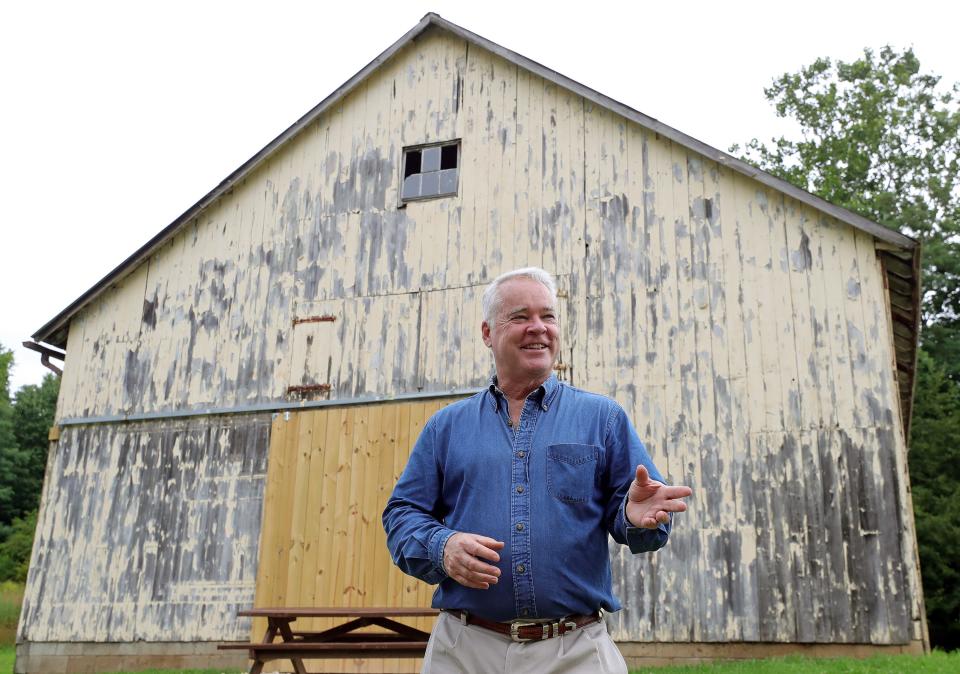

Barn at North Fork Preserve
Where: Everett Road
Then: According to information from the township, the property was purchased by Sam and Asma Nemer in 1915, and was used for farming. The Lemmon family purchased the property in 1955. The family included Dr. James Lemmon, a surgeon, wife, Betty, and their six children. The property, named Happy Hallow Farm, grew Christmas trees. The family also raised chickens, goats and bees. In addition, horses were kept for riding lessons and for breeding.
Now: In 2020, the 78-acre estate was transferred to the township. Township trustees approved renovations to the property. Caine Collins, the service director and interim parks and recreation director, said that there are tentative plans to convert the former house into a public meeting space.
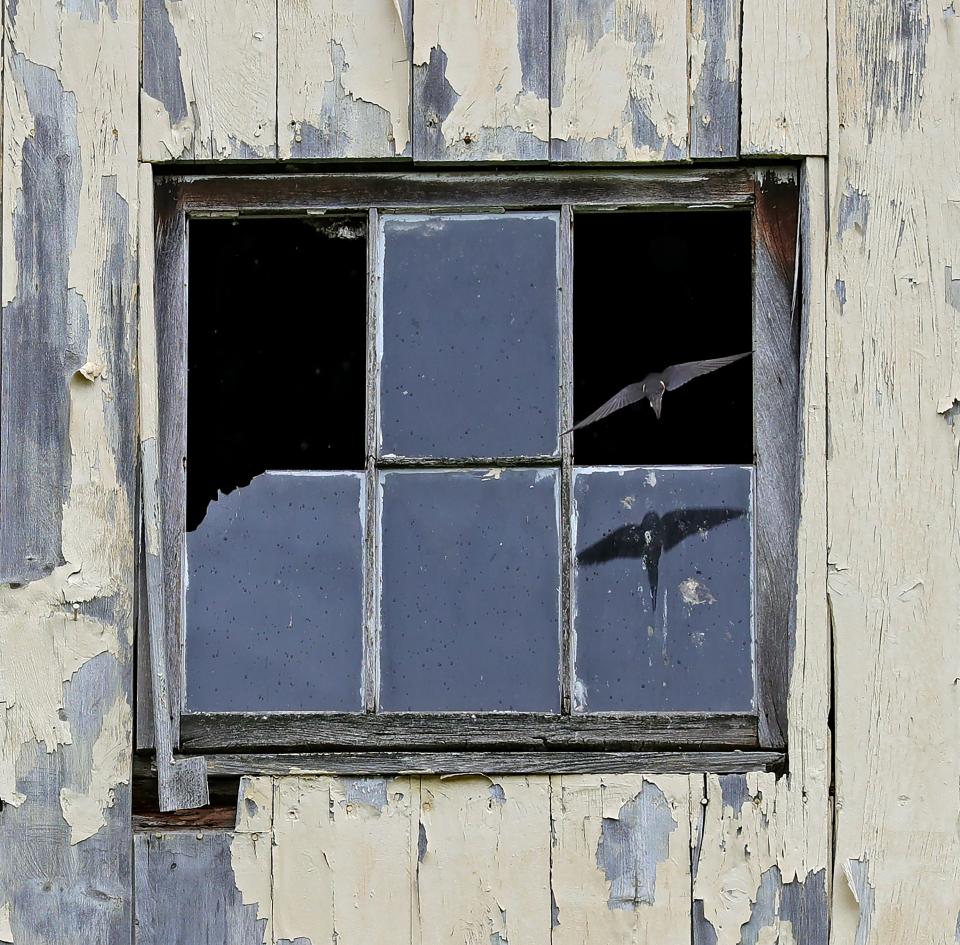

Plans for the large barn are not set yet, Collins said, but some work has been done on it. A lean-to on the side was removed and the barn doors were replaced. Currently, the barn is being used by the township for storage.
"It has a good roof," Collins said of the barn. "Maybe we will use it for workshops, maybe we'll keep it for storage. We will have an engineer come in to say what the space could be used for."
In October, Bath Township trustees approved a $30,000 contract with Milano Repairs in Bedford for restoration work on the barn.
Hollow Grove
Where: Medina Line Road
Then: Scott Eller, who currently owns the property with his wife, Kelly Weiss-Eller, said the house they live in was first built in 1840. They found a sign on the barn with the date 1884, but Eller said he wasn't sure this is the date the barn was constructed. The house had once been a general store and post office. The barn itself had stalls and a hay loft. The same family owned the property for 144 years, Eller said.
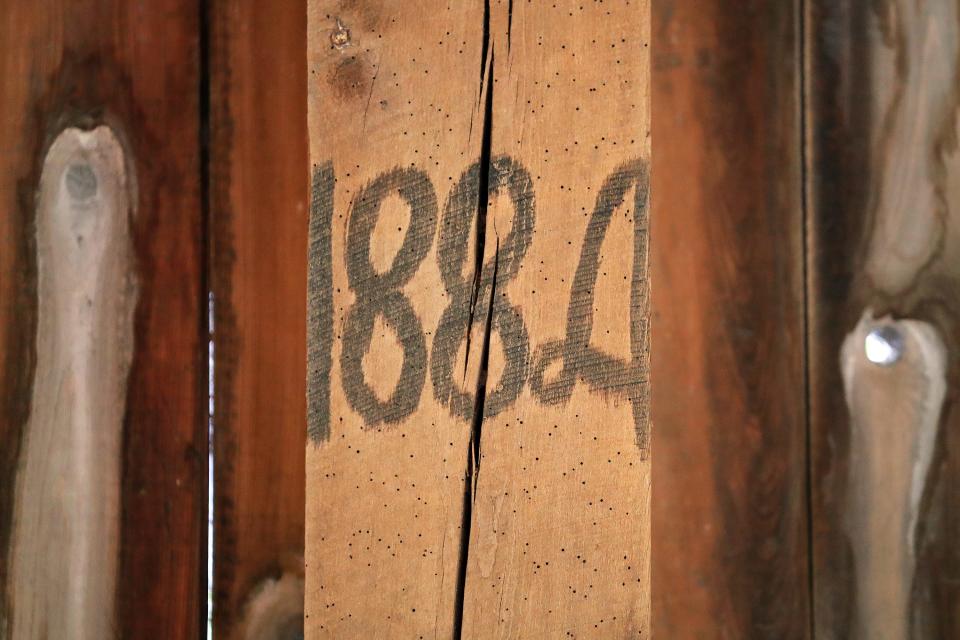

"I talked to a descendent of the family who visited," he said. "She shared her memories of visiting here. There was a clay tennis court. There may have been a few weddings here."
The property used to be a part of a 103-acre farm.
Now: The Ellers, who purchased the property in 2016, have made major renovations. The barn is now used as a recreational area, with a long wooden table, an area with an outdoor loveseat and chairs, and even an antler chandelier.
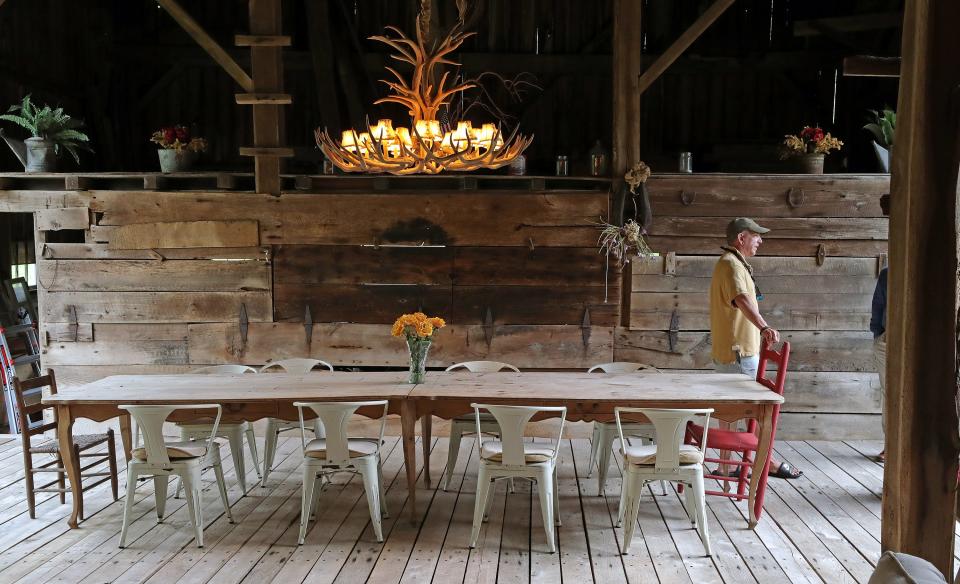

"I've had that antler chandelier ever since I lived in Florida," he said. "I thought this was the perfect place to put it."
The Ellers plan to paint the barn red, but have not decided on any long-term plans. Eller said there were thoughts in the far future about turning the barn into a guest home, but he added that he likes the place the way it is now.
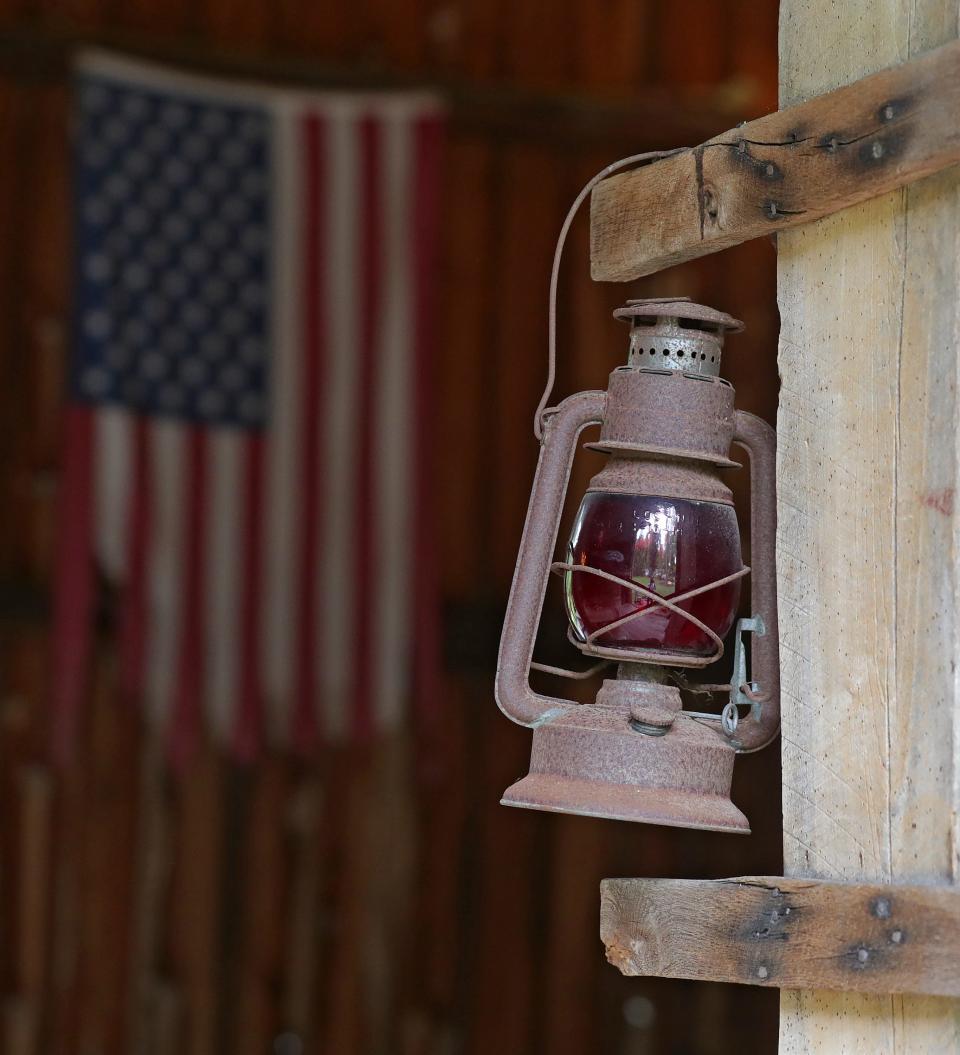

Hurds' Corners House
Where: West Bath and North Hametown roads
Then: Asa and Sarah Hurd came to Bath Township from New York in 1837. They moved into their home in what is locally known as Hurds' Corners in 1840. They had four children. The youngest daughter, Mary Frances, married Anthony McFarlin. Asa and Sarah were buried in Bath Center Cemetery on West Bath Road, behind the Bath Township Museum.
Crystal Farlin, who currently lives here, along with her husband, son and daughter, said that initially the Hurds lived in a log cabin somewhere near the barn on the property, although the precise location of the cabin is not known. A few years later, they built and moved into a larger house, which is where the Farlins live today.
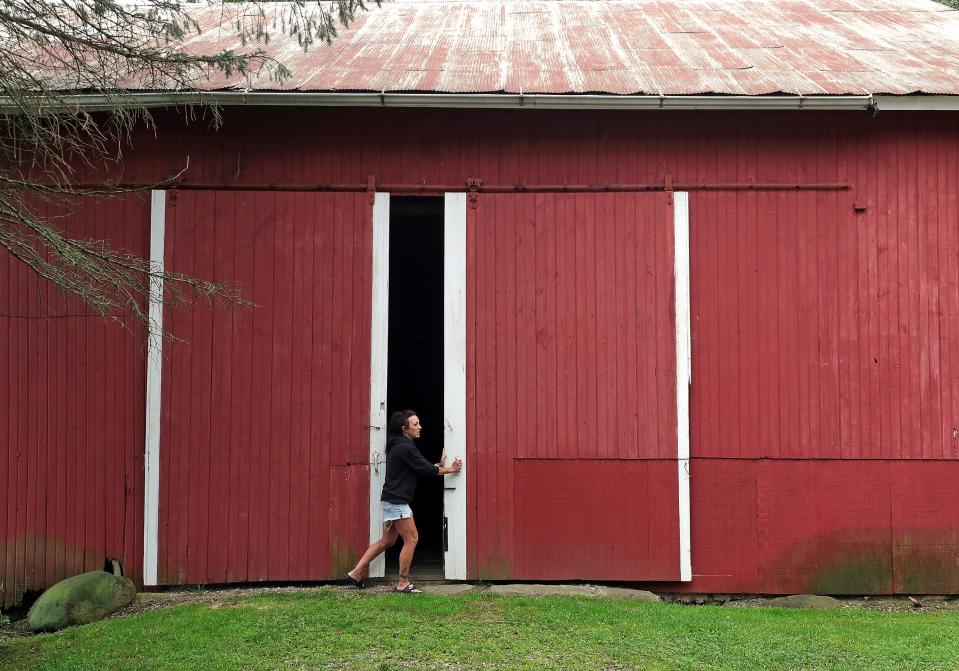

"He wanted to become a farmer," Farlin said of Asa Hurd. "He purchased 200-plus acres. He built the big red barn to house cattle, hay and crops."
Farlin said she and her family have wondered if there may be a connection to the Hurd family and the daughter. That would bring the property full circle, she said. The latest family to own the house has created a memorial inside the home of all the previous families.
While still a dirt road, Hametown Road was a major thoroughfare for travelers, and the Hurds frequently had overnight guests, who would stop by for a meal and to rest before setting off again, Farlin said.
One of the few items the Hurds brought over from New York was a cauldron, which the family used to make soap, Farlin said. The heavy metal cauldron is displayed in their yard.
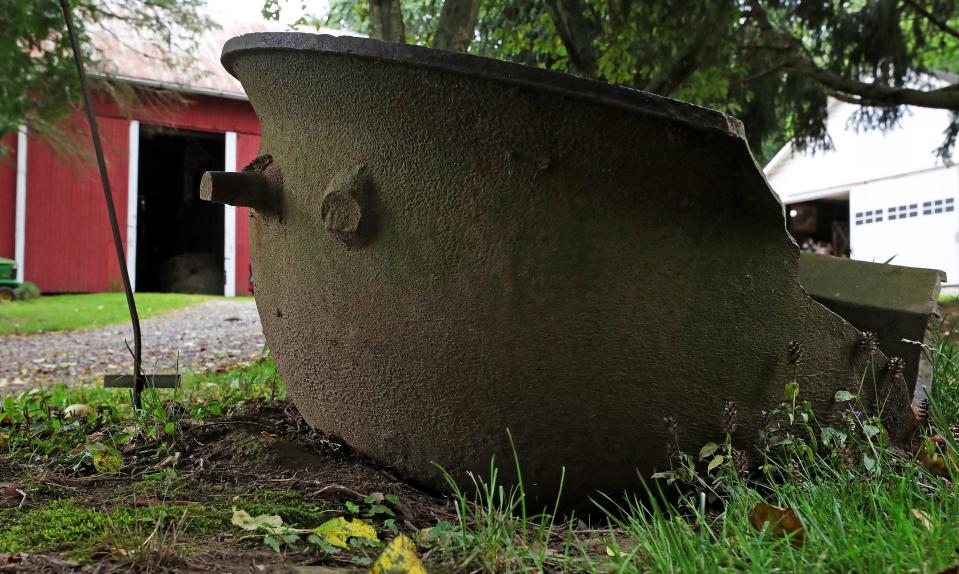

Now: The Farlins, who have lived on the historic property for six years, currently use the barn for storage. Crystal Farlin said every once in a while the family would find something that hearkened back to the land's days as a farm, such as a bit of harness. An old bell, about palm-sized, can be found near the door.
Eventually, the family would like to turn the barn into an entertainment and social venue, Farlin said.
"They used to have fall festivals here, back in the day," she said.
The Farlins have kept the farming tradition, with the family raising goats, ducks and chickens, and growing crops in their gardens. The barn stores fresh hay for the animals.
Farlin said that eventually, she wants to add a painting or nural on the barn to highlight its history and the history of the township.
"We want to bring back the history of the property," she said.
Farlin, who works as a registered nurse at the Cleveland Clinic, also has her own business, The Vintage Rose, which she operates out of a garage on the property. She restores, customizes and sells furniture pieces.
Century Bank Barn
Where: Crown Point Ecology Center, 3220 Ira Road
Then: The Century Bank Barn was constructed in 1910, replacing a previous barn that burned to the ground.
According to information from Crown Point, Jacob and Abigail Swigart purchased the property and built a Farmhouse in 1854. The property changed hands a number of times from 1862 to 1879, with Roswell Hopkins Jr. purchasing the property in 1879 for $9,300. He owned the property until 1949 but never lived on site. Many renting farmers resided on the property and farmed the land.
By 1949, the property was purchased by Hugh and Mary Stoller. The Stollers worked to repair the buildings on the property, which at that point needed major rehabilitation.
After the Stollers decided to retire, the property was purchased by the Sisters of Dominican Peace in the late 1960s. They preserved the farm atmosphere was preserved with cattle, four ponies, chickens, cats and dogs. The upper part of the Century Barn was used as a gym for the children who were enrolled in the preschool the sisters operated from 1968 to 1977.
Now: Clara Lamb, the venue and marketing coordinator for Crown Point, said the 1910 barn functioned as a working barn until the early 2000s.
The barn is currently used as a meeting place and for events such as weddings and receptions, Lamb said. School and youth groups frequently come to Crown Point to participate in activities. Crown Point also hosts annual fundraisers such as Taste of Earth or Hot Jazz in a Cool Old Barn.
Crown Point commemorated the 100th birthday of the 1910 Century barn in 2010 by installing a quilt panel on the north side of the barn, Lamb said. The panel is called the "Dove in the Window'' quilt.
For details, visit https://www.crownpointecology.org.
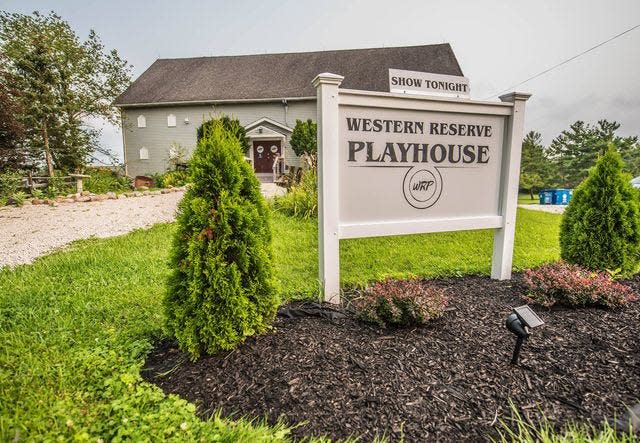

Western Reserve Playhouse
Where: 3326 Everett Road
Then: The barn was built in 1886 by dairy farmer Ira L. Underwood. According to information published in Centennial History of Summit County, Ohio and Representative Citizens, published in 1908, Underwood was born in Granger on Feb. 18, 1857. His farm included 152 acres of land. Underwood moved to Bath when he turned 21. He married Louisa Miller in 1881 and they had two children.
The barn was purchased by the Bath Community Players, later Western Reserve Playhouse, in 1966, when it was converted into a theater.
In 2006, WRP assumed the assets of Phoenix Stage Productions, itself a conglomeration of the Goodyear Community Theater and the Church Street Players. One item brought over from Goodyear Community Theater was Harriet, a statue of a chicken (or possibly rooster) that serves as the theater's mascot.
In 2017, the theater hired Dawn Sniadak Yamokoski as its first artistic director.
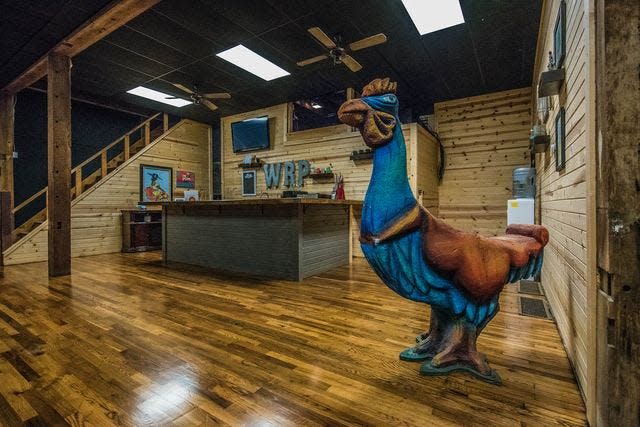

Now: With Sniadak Yamokoski, who grew up in Bath herself, the Western Reserve Playhouse barn underwent numerous renovations, which made it possible for Western Reserve Playhouse to go from staging a summer season with three productions to having shows year round.
Today, Western Reserve Playhouse stages six to eight shows in a season, Sniadak Yamokoski said. The theater also hosts a summer education camps for children, a $5 Bucks Staged Reading series, New Works Festivals, CaBARet Series, and year-round theater arts education.
One of the first renovations was adding a bar toward the back of the theater, which replaced the concession area.
"The bar was from my first year here," Sniadak Yamokoski said. "The stage was also expanded in 2017. The floors were done during the pandemic. We also added restrooms for the actors. Before, we'd have to bring out Port-A-Pottys for them. We have brand new, all-tech lighting and a new sound system."
Even with the improvements, Sniadak Yamokoski said that she strives to maintain the historic aspects of the barn. The renovated wooden floors were part of the barn, for example. There's also a nod to the barn's history near the entrance of the theater, she added.
"There's a panel, by will call, where you will see some red paint and some black paint," Sniadak Yamokoski said. "This is original to the barn, so we've kept it."
After a rough couple of years due to the pandemic, the theater bounced back this season, with multiple sold-out shows, Sniadak Yamokoski said. The theater looks to do shows that push the envelope, such as "Fat Pig" by Neil LaBute and "Assassins" by Stephen Sondheim. Western Reserve Playhouse also hosts a lot of educational programs for children.
"They have been highly successful for us," Sniadak Yamokoski said.
For details, visit https://thewrp.org.
Reporter April Helms can be reached at [email protected]
Local history: Feeling cornered? Old names still hover over old intersections
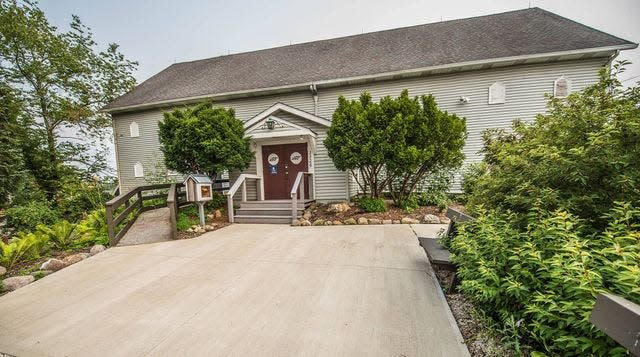

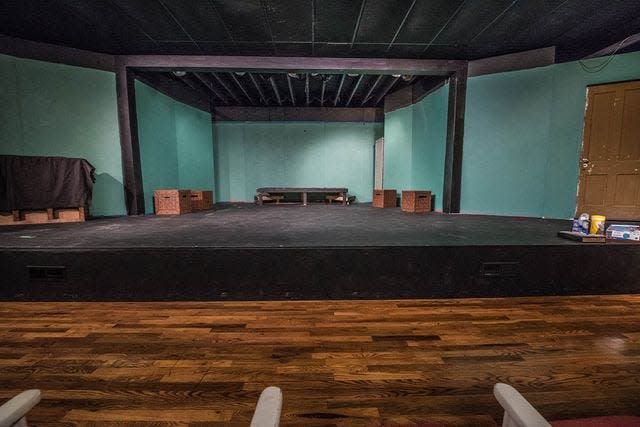

This article originally appeared on Akron Beacon Journal: Historic barns in Bath offer a look into the past and present
What's Your Reaction?






















